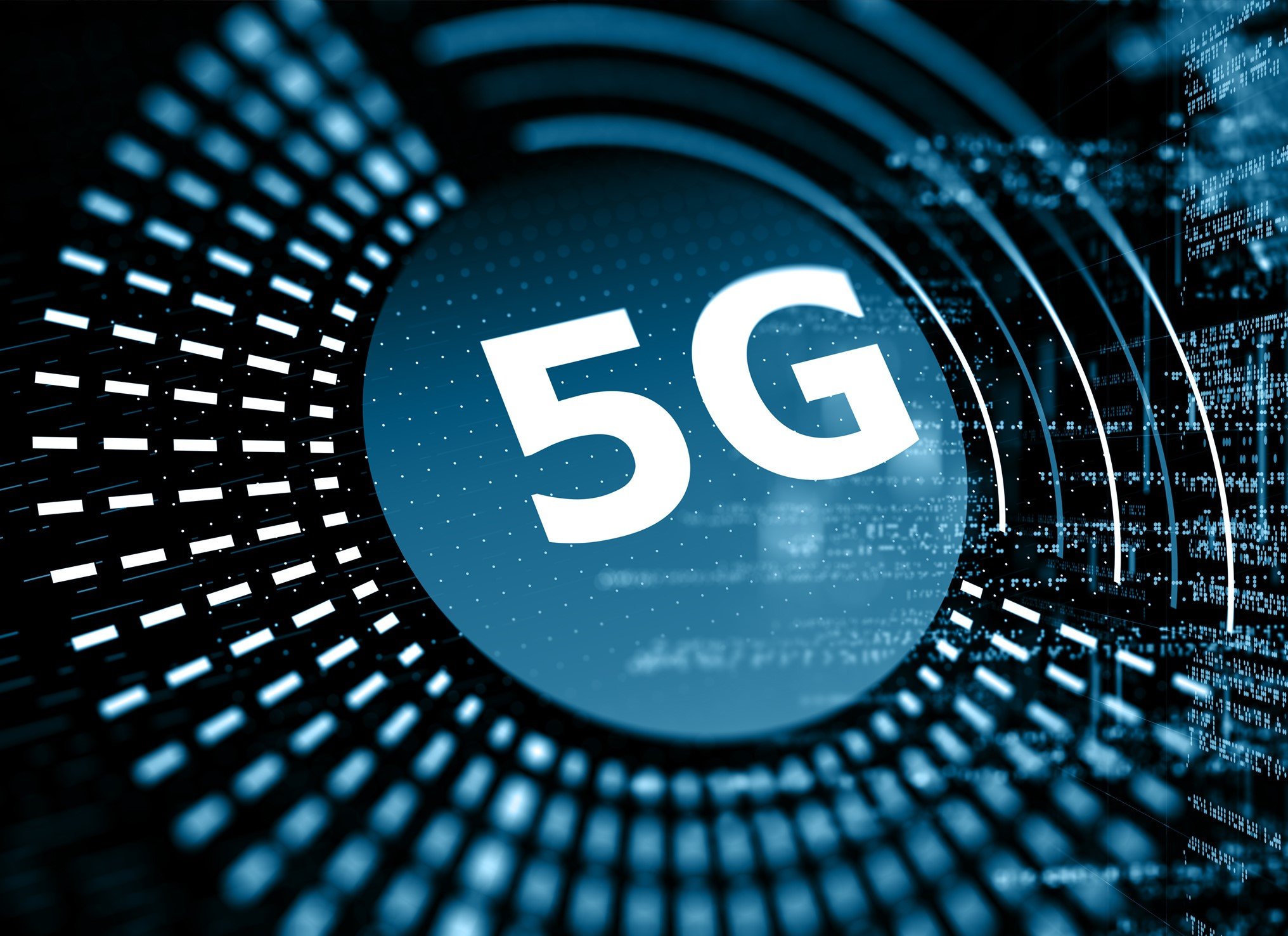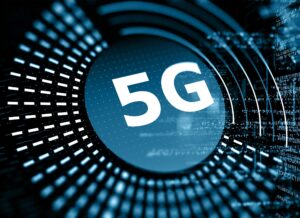5G now in 89 countries, achieves 16 per cent market penetration
Juan Lopez , Senior Vice President, Technology Innovation and Ecosystem, Telefonica, has said that since its initial deployment in 2019, 5G expanded to 89 countries, reaching nearly 270 commercial launches worldwide, and achieving a remarkable 16 per cent market penetration.
He urged telcos to tackle the structural problems in the telecoms industry globally.
Lopez made the remark on Friday during a webinar organised by GSMA to discuss how 5G could deliver value beyond basic connectivity.
GSMA is a global organisation unifying the mobile ecosystem to discover, develop and deliver innovation that helps business and society thrive.
The theme of the webinar is “Unlocking the Value of 5G: Beyond Connectivity”.
He said that the industry experts needed to face the current situation of the telecom industry, which suffered structural problems that required a deep model transformation.
He said that technology was already offering new capabilities that would enable a new wave of services and applications, which comes from third parties.
Lopez urged telcos to key into this new capabilities to build the industry.
He explained that the missing link was finding enablers to expose and monetise these capabilities.
“Technology progress in cloud, Network as a Service (NaaS), slicing, edge and automation/artificial intelligence is required to make all these capabilities available.
“Also, the investment to deploy them will have to be backed by a sustainable model and thankfully the industry is already working to deliver solutions for this in the shor term with initiatives like Telefónica GSMA,” he said.
Speaking on 5G, he said since its initial deployment in 2019, 5G had rapidly expanded to 89 countries, reaching nearly 270 commercial launches worldwide, and achieving a remarkable 16 per cent market penetration.
He said that this achievement was a testament to the exceptional speed, responsiveness and versatility offered by 5G networks, enabling reliable and secure connections for a multitude of simultaneous users.
Lopez, however, explained that 5G monetisation would create new opportunities in both traditional and new markets – including an innovative focus on digitalised operations in enterprise and industry.
According to him, the more businesses buy into 5G, the more telecom operators will gain from these offerings.
He added that it was in their interest therefore, to accelerate 5G adoption in the B2B (business to business) sector.
Lopez noted that telecom operators could become more proactive in demonstrating the value of 5G in the B2B sector and highlighting how this technology could meet specific client needs.
Lopez said that 5G had already demonstrated its value through enhanced, speed, reduced latency, and improved security.
”Many organisations struggle to monetise 5G due to traditional connectivity business models that lack innovation, flexibility and relevance in this new era,” he said.
He explained that to justify the substantial investment in 5G, it was essential for it to succeed in both consumer and enterprise markets.
Also, Peter Jarich, Head of GSMA Intelligence, said : “5G continues to set the bar for the mobile broadband uptake.
“In the 5G era, making money is the name of the game.”
He said that to address 5G use cases and deliver its full potential to customers, its monetisation capabilities must evolve together with 5G network implementation.
Jarich said that the widespread adoption of 5G was driven by its adaptability to diverse industries and evolving use cases that demand the advanced capabilities itprovides.
He, however, explained that to ensure the survival of the industry, it was crucial to generate a return on the substantial investments made in 5G.
“We need to figure out how Standalone 5G investment will be monetised,” Jarich said. (NAN)








